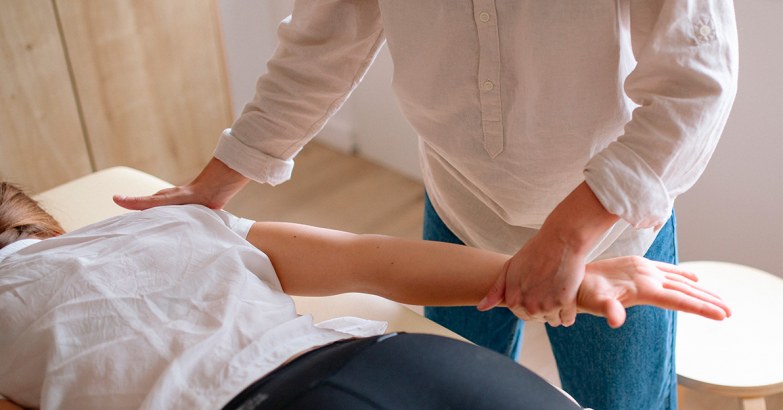BEHIND THE SCENES: THE HISTORY OF PHYSIOTHERAPY
As a word it may sound modern, but physiotherapy is a discipline rooted in ancient times. Written evidences witness that manual treatments were widespread among the Egyptians, the Persians and the Japanese people: speaking about the Eastern area, the ancient Chinese book of Kong Fou (3rd millennium BC) describes exercises and massages aimed at reaching a psychophysical equilibrium.
However, it’s with ancient Greece and Hippocrates that massage and hydrotherapy start spreading with scientific accuracy. Born in the island of Kos around 460 BC, Hippocrates combined his medical education with the teachings of philosophers Democritus and Gorgias. His approach was empirical: phenomenons’ causes have to be found through the observation and the interpretation of facts. Most of all, he was the first doctor to practice massotherapy to his patients, and his writings report that ‘doctors have to be experts in many things, like massage undoubtedly’. His theories were collected in several essays (On the Articulations, On the Sacred Disease) and inspired an oath – still practiced in the academic context – through which professionals claim the importance of their work.
Hippocrates inspired Galen, his ideal successor, who in 2nd millennium BC introduced mechanical traction and manipulations in healing vertebral disease. In essays such as Hygiene, the doctor wrote that there’s a strong relationship between wellbeing and personal hygiene, encouraging the healing value of thermal baths. After treating gladiators’ wounds (that he used to define ‘the windows of the soul’), Galen became personal doctor of Emperor Marcus Aurelius.
The Middle Ages represented a moment of decline for massotherapy, that in the Western area was defined as ‘lustful and sinful’ by the Catholic Church. A change occurred during the Renaissance with printing, and the diffusion of works related to massage and hydrotherapy. Many doctors found themselves interested in joint pain and rheumatism, endorsing a slow path that in the XIX century saw manual treatments emerge in the medical community.
Such processes lead to the contemporary era, in which the work of physiotherapists is versatile and regulated. As A.I.FI. (The Italian Physiotherapists Association) specifies, we speak about professionals who consider and treat disfunctions of the psychomotor area after pathological events, defining a therapy aimed at identifying and overcome the patient’s health needs.
Doctors work autonomously for the functional rehabilitation of motoric, psychomotor and cognitive disabilities, with the adoption of physical, manual, occupational therapies, as well as massotherapy.
It’s the framework in which our our beloved physiotherapis, Doctor Stefania Intonti works. The Biella-based physiotherapist and ostheopath has animated our Alimento in Movimento (‘Moving Food’) social event since 2022: each month – both on Facebook and Instagram – a colorful post suggests postural trainings, workouts and stretching activities to encourage a confident and safe approach to sports. As we wait for her next tips to come, we rediscover her freshness and professionalism in the interview we dedicated her one year ago!


